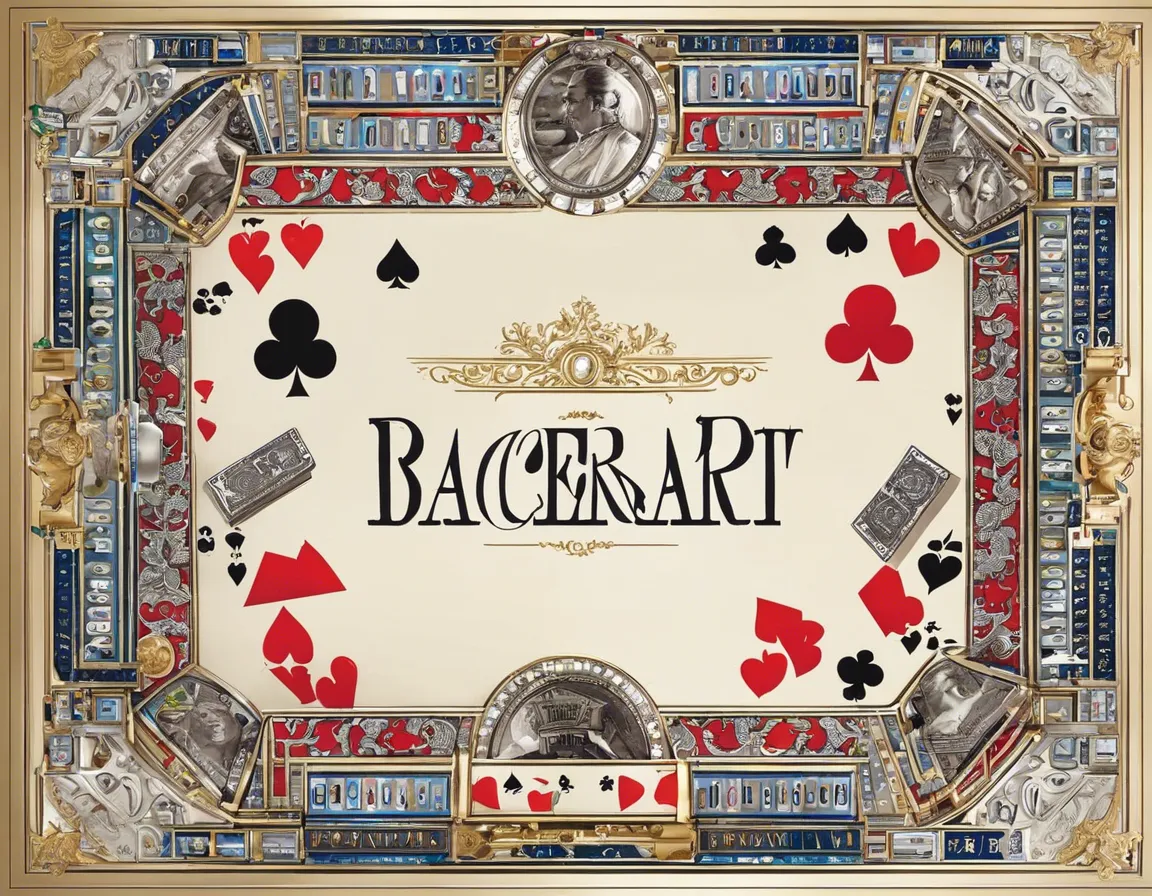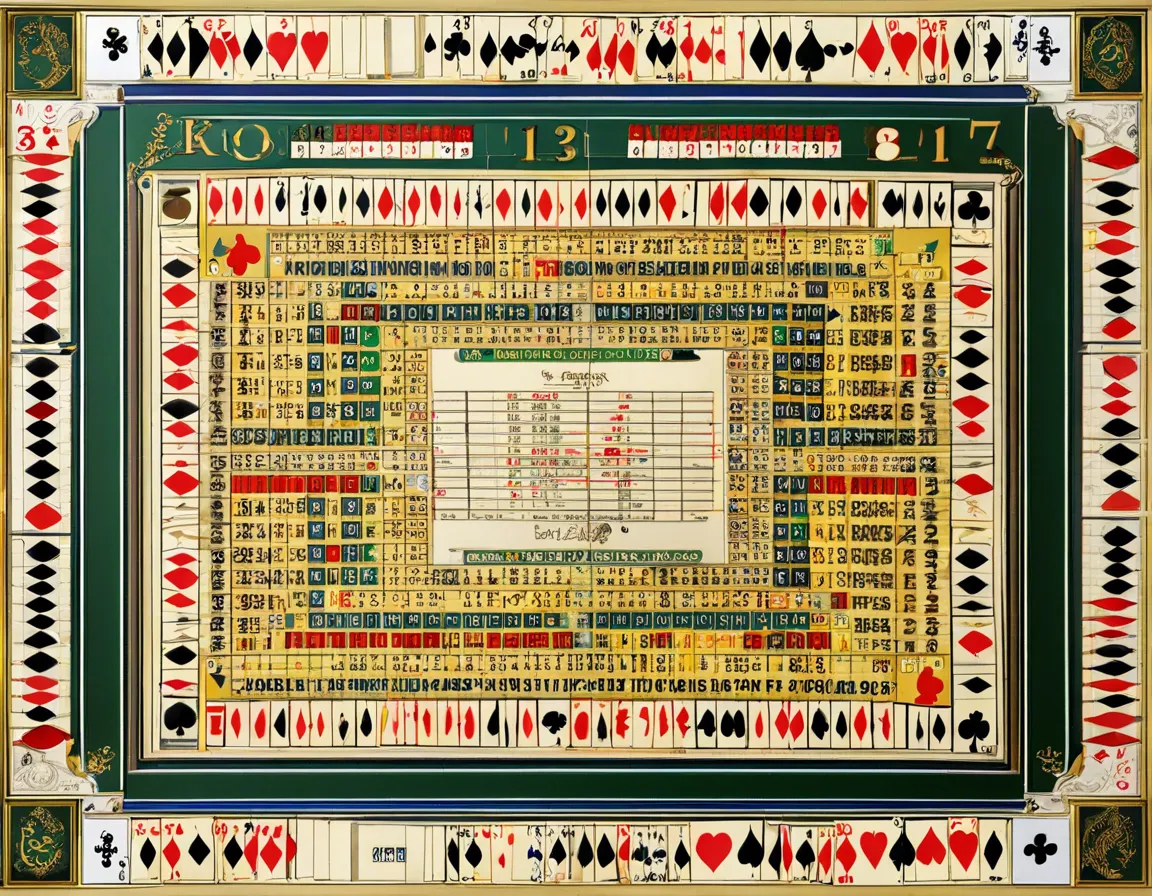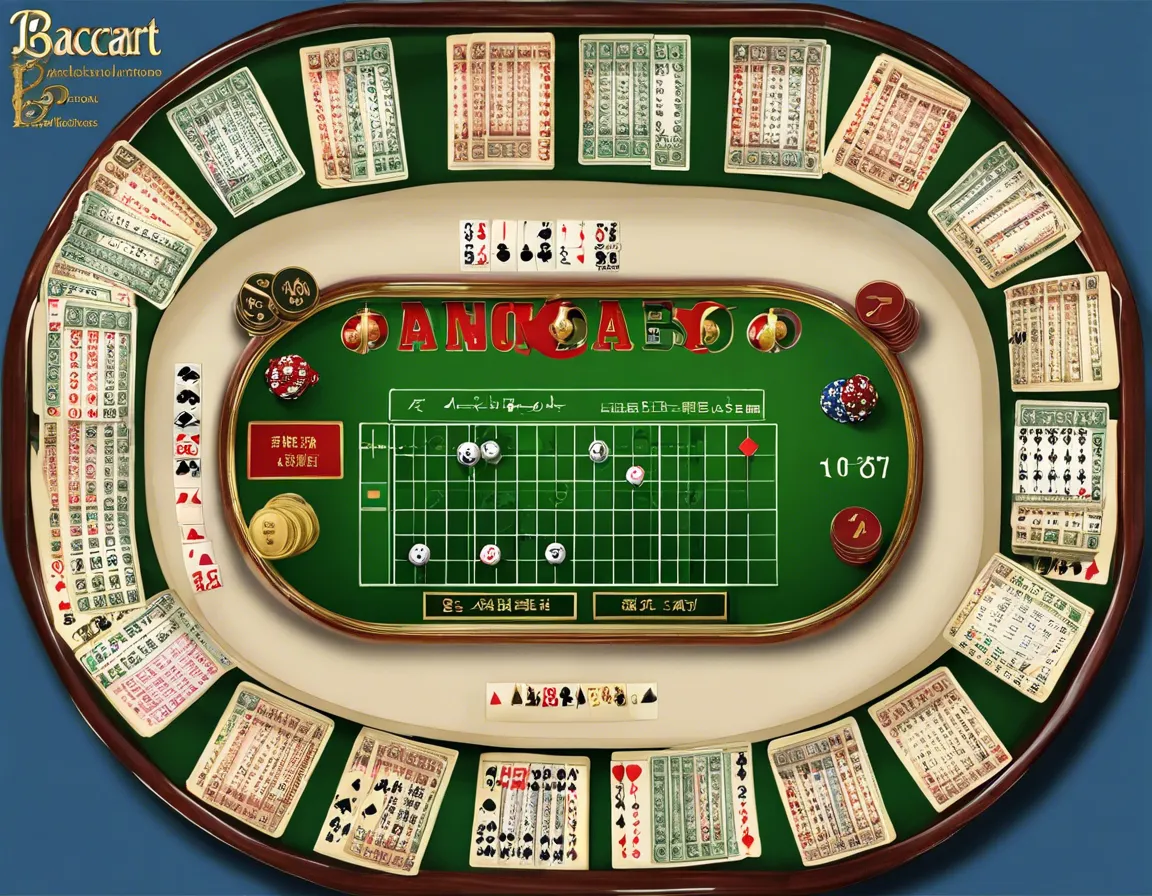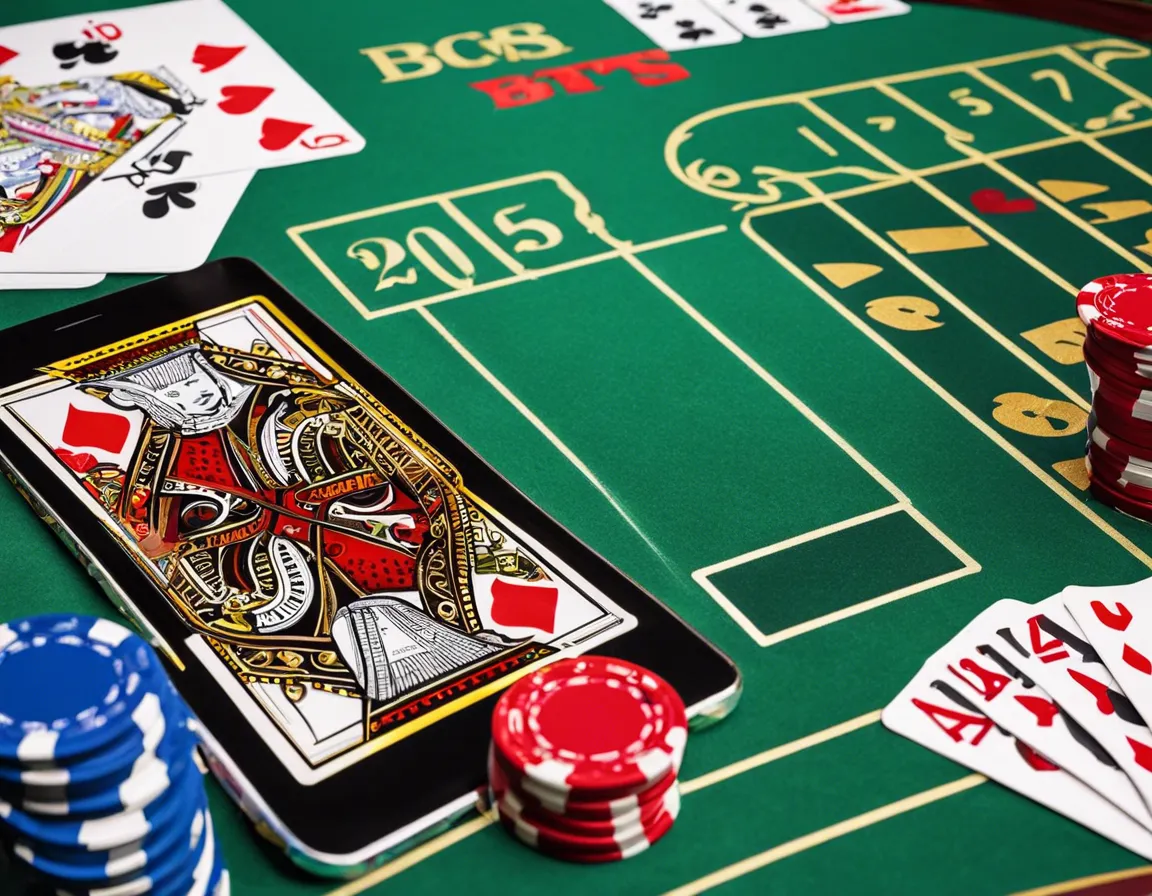Outline of the Article:
- Introduction to Baccarat
- Understanding Short-term Baccarat Strategies
- Martingale System
- Paroli System
- Pros and Cons of Short-term Strategies
- Quick Wins vs. Potential Losses
- Long-term Baccarat Strategies
- Card Counting
- Pattern Recognition
- Advantages and Disadvantages of Long-term Approaches
- Consistency vs. Complexity
- Balancing Short-term and Long-term Strategies
- Risk Management
- Bankroll Management
- The Importance of Discipline in Baccarat Strategy
- Conclusion
- FAQs
Baccarat Strategy: Short-Term vs. Long-Term Approaches
Introduction to Baccarat
Baccarat is a popular card game known for its simplicity and elegance. Whether you’re a seasoned player or a beginner, having a strategy can significantly impact your success at the table. Two primary approaches in baccarat strategy are short-term and long-term strategies. Each has its own set of tactics and considerations.

Understanding Short-term Baccarat Strategies
Short-term baccarat strategies are focused on quick wins within a single gaming session. Two common short-term strategies are the Martingale System and the Paroli System. The Martingale System involves doubling your bet after each loss, aiming to recover previous losses and make a profit. Conversely, the Paroli System is about increasing your bet after a win, riding on winning streaks to maximize profits.
Pros and Cons of Short-term Strategies
Short-term strategies offer the allure of immediate results. The Martingale System, for instance, can lead to rapid recovery of losses with a single winning bet. However, it comes with the risk of substantial losses if consecutive losses occur. Similarly, the Paroli System can result in significant profits during winning streaks but may lead to giving back winnings if luck turns.
Long-term Baccarat Strategies
Long-term baccarat strategies take a more calculated and patient approach, focusing on sustained profitability over time. Techniques like card counting and pattern recognition fall under this category. Card counting involves keeping track of the cards dealt to gain an advantage over the house, while pattern recognition involves identifying trends and exploiting them.
Advantages and Disadvantages of Long-term Approaches
Long-term strategies require dedication and skill but can yield consistent profits in the long run. Card counting, for instance, can tilt the odds in favor of the player when executed correctly. However, it requires meticulous attention to detail and may not be feasible in every baccarat game. Pattern recognition, though less reliable, can still provide insights into potential outcomes.
Balancing Short-term and Long-term Strategies
Achieving success in baccarat often involves striking a balance between short-term and long-term strategies. Effective risk management and bankroll management are crucial aspects of this balance. Knowing when to apply aggressive short-term tactics and when to adopt a more conservative long-term approach can optimize results and minimize losses.
The Importance of Discipline in Baccarat Strategy
Regardless of the chosen strategy, discipline is paramount in baccarat. Emotions like greed and fear can cloud judgment and lead to poor decision-making. Sticking to a well-defined strategy and exercising restraint in both winning and losing situations is essential for long-term success.
Conclusion
In the realm of baccarat strategy, players are often faced with the choice between short-term gains and long-term profitability. While short-term strategies offer the excitement of quick wins, long-term approaches provide a more sustainable path to success. By understanding the nuances of each strategy and employing discipline and foresight, players can maximize their chances of winning in this timeless game.
FAQs
- Is baccarat purely a game of luck?
While luck certainly plays a significant role in baccarat, it’s not entirely a game of chance. Baccarat involves elements of strategy, such as choosing whether to bet on the player, banker, or tie. Skilled players can employ various strategies to improve their odds of winning over time. - Can card counting really work in baccarat?
Card counting can be effective in baccarat, but it’s more challenging compared to games like blackjack. Baccarat typically uses multiple decks of cards and often reshuffles them, making it harder to track specific cards. However, skilled card counters may still gain a slight edge over the house by identifying trends and adjusting their bets accordingly. - How much should I bet when using the Martingale System?
The Martingale System suggests doubling your bet after each loss to recoup previous losses and make a profit. While this strategy can be enticing, it also carries significant risk, as a losing streak could result in exponentially larger bets. It’s essential to set strict betting limits and have a sizable bankroll to withstand potential losses when employing the Martingale System. - Are there any legal concerns with card counting?
Card counting itself is not illegal, but casinos frown upon the practice and may ban players caught counting cards. While it’s not against the law, casinos reserve the right to refuse service to anyone they believe is gaining an unfair advantage. Players should be aware of casino policies regarding card counting and exercise caution when employing this strategy. - What is the best way to practice baccarat strategy?
Practicing baccarat strategy involves a combination of studying the game, understanding different betting systems, and gaining experience through gameplay. Many online casinos offer free play or demo versions of baccarat, allowing players to hone their skills without risking real money. Additionally, reading books, watching tutorials, and joining baccarat forums can provide valuable insights and tips from experienced players.





























































